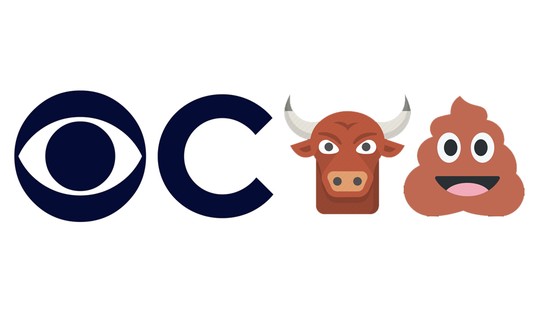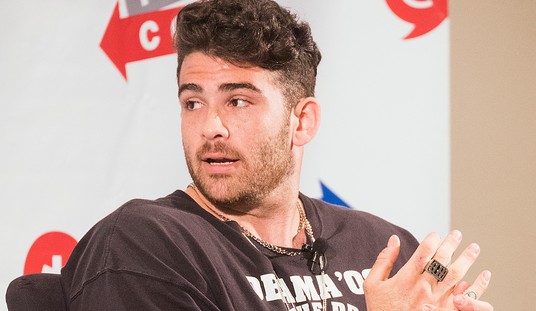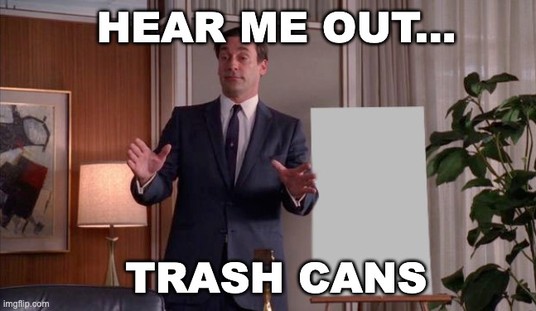The CDC is promoting a new study on the effectiveness of masks, but you have to read the fine print. Literally:
A new @CDCMMWR study shows that people who reported always wearing masks or respirators in indoor public settings in California were less likely to test positive for #COVID19 compared with those who reported not wearing a face covering. Learn more. https://t.co/T8gaqiPHyI pic.twitter.com/6UJ9cs60NK
— CDC (@CDCgov) February 4, 2022
Do you see that 56% decrease there for cloth masks? Well, there’s a little tiny “#” after it that says the result was not statistically significant:
CDC says cloth masks significantly reduce transmission but fails to mention that their own source MMWR study reported a p-value was 0.1 (non-significant). Any honest scientist should read this with an open mind: EXCELLENT review by @VPrasadMDMPH https://t.co/sAHZLi63G6
— Marty Makary MD, MPH (@MartyMakary) February 7, 2022
So, why even include it? From Reason:
If you read the tiny footnotes, you will see that the result for cloth masks was not statistically significant. So even on its face, this study, which was published in the CDC’s Morbidity and Mortality Weekly Report on Friday, did not validate the protective effect of the most commonly used face coverings—a striking fact that the authors do not mention until the end of the sixth paragraph. And once you delve into the details of the study, it becomes clear that the results for surgical masks and N95s, while statistically significant, do not actually demonstrate a cause-and-effect relationship, contrary to the way the CDC is framing them.
At least some health experts are calling out the CDC for it:
Unpopular opinion: today’s CDC mask study is profoundly limited, and promoting these data without recognizing limitations devalues scientific trustworthiness.
Whether we *like* published results ought not dictate how critical we might be of the methodology and interpretation.
— Ryan Radecki, MD MS (@emlitofnote) February 4, 2022
And the study itself is problematic:
CDC reports another study that fails to control for vaccination rate differences between mask-wearers (higher vax rate) and non-mask wearers (lower). Vaccines were highly protective vs infection (pre-Omicron), so of course the mask group has lower rates. The vaccines work.🧵 https://t.co/g2yWXbhm4n
— Scott J Balsitis (@DrScottBalsitis) February 5, 2022
Jacob Sollum, the author of the Reason piece we cited above, says this shows the CDC is “desperate to back up conclusions it has already reached”:
The CDC's handling of a face mask study shows it is desperate to back up conclusions it has already reached. https://t.co/YQotZGx9FD
— Jacob Sullum (@jacobsullum) February 7, 2022
Great job, everyone: “A new scientific low point”:
UCSF Dr. Vinay Prasad's critical analysis of latest mask study published by CDC (a low response telephone survey): "Mask Studies Reach a New Scientific Low Point" @ericapanMD_CDPH https://t.co/Pc4ooGXHNJ via @brownstoneinst
— Dr. Jeanne Noble (@JeanneNoble18) February 6, 2022
***
























